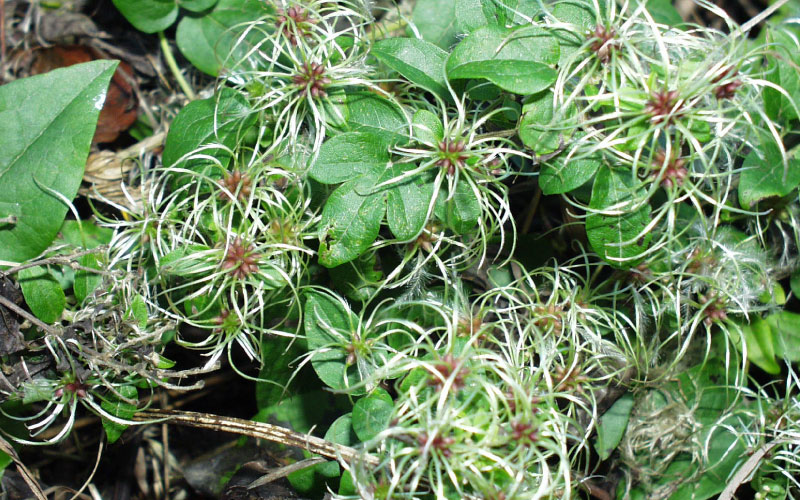Council’s Blenheim office will be closed from 4.30 pm Thursday 17 April and will reopen on Tuesday 22 April at 8.30 am. See details of transfer station opening hours and kerbside collections

Council’s Blenheim office will be closed from 4.30 pm Thursday 17 April and will reopen on Tuesday 22 April at 8.30 am. See details of transfer station opening hours and kerbside collections


Old Man's Beard is a vigorous pest plant that poses an ecological threat to native vegetation in parts of Marlborough. It typically grows and invades the edges of native vegetation and competes with regenerating vegetation for light and nutrients.
It spreads both vegetatively and through seeds which travel readily by wind and water and are viable for five to 10 years in the ground. This means that any control must be ongoing for a long period of time.
Old Man's Beard control provides a conundrum on farms, as in some situations stock are controlling the weed through grazing, while at the same time damaging native vegetation and preventing regeneration. Fencing stock out of areas needs to be coupled with an effective Old Man's Beard control programme in these cases.
The weed prefers good light, some moisture and is more likely to occur and establish on the fertile mudstones and alluvial gravel plains than the less fertile greywacke derived soils. It spreads mostly through waterways, and sometimes by wind, although spread through human activity such as gravel extraction and on machinery is also significant.
Because of its widespread nature, Old Man's Beard is not managed by Council under a species-led programme (such as those under the Regional Pest management Plan 2018). However, there is continued investment by Council toward research to find potential biological control agents. In some areas, Council supports site-led projects targeting Old Man's Beard via its biodiversity programme.
Go to information on Council's biodiversity programme
this could be within significant natural areas that may or may not also be QEII covenants